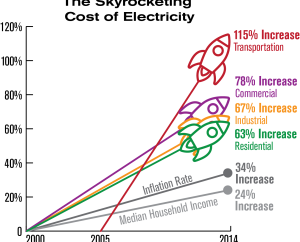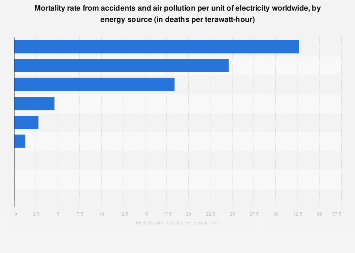
Note the utilization of “costs,” which isn’t the real selling cost, since this can be impacted by different factors like appropriations and duties:
- Capital costs will regularly be low for gas and oil power stations; moderate for inland wind turbines and daylight-based PV (photovoltaics); higher for coal plants and higher still for waste to-energy, wave and streaming, sun-situated warm, offshore wind, and nuclear.
- Fuel costs – high for petrol subordinate and biomass sources, low for nuclear, and zero for some renewables. Fuel costs can change somewhat abnormally over the presence of the making equipment, in view of political and various factors.
To assess the all-out cost of the creation of power, the floods of Odessa Energy Plans are switched over completely to a net present worth utilizing the time worth of cash. These expenses are undeniably united utilizing limited income.

Capital expenses
The frequently referred to the figure of CA$14.319 billion – which works out to CA$4,077 per kilowatt of limit – incorporates revenue (an especially significant expense for this situation as the utility needed to get at market rates and needed to retain the expense of defers in development) and is hence not a “short-term cost”. Moreover, there is the issue of similarity of various wellsprings of force, as limit variables can be essentially as low as 10-20% for a few breeze and sun-oriented applications venturing into the half reach for seaward wind lastly above 90% for the most dependable thermal energy stations. Topping power plants have especially low limit factors yet compensate for it by selling power at the most elevated conceivable cost when supply doesn’t satisfy a need in any case.
Tasks and Support (O&M) Expenses
O&M costs combine minor expenses of fuel, support, development, squander limit, and decommissioning for a power-age office. Fuel costs will regularly be for the most part imperative for the oil-finished age, continued together by coal, gas, biomass, and uranium. Because of the exceptional energy thickness of uranium (or MOX fuel in plants that utilization this decision as opposed to uranium) and the respectably negligible cost on the world uranium market (particularly when evaluated in units of cash per unit of energy content), fuel costs just make up a little piece of the working expenses of thermal energy stations. If all else fails, the expense balance among capital and running costs slants for lower working costs for renewables and atomic and in the other bearing for petroleum auxiliaries.
Market Matching Expenses
Incline rates (how quickly the power can be expanded or diminished) might be speedier for more current atomic and the financial matters of thermal energy stations contrast. By and by, capital-escalated advancements like a breeze, sun based, and atomic are monetarily hindered except if producing at the most extreme accessibility since the LCOE is virtually undeniably sunk-cost capital speculation. Frameworks with extremely a lot of irregular power sources, like breeze and sun based, may cause additional expenses related to expecting to have capacity or reinforcement age accessible. Simultaneously, irregular sources can be significantly more serious in the event that they are accessible to create when request and costs are most elevated, for example, sun based during mid-year late morning tops seen in sweltering nations where cooling is a significant shopper.
